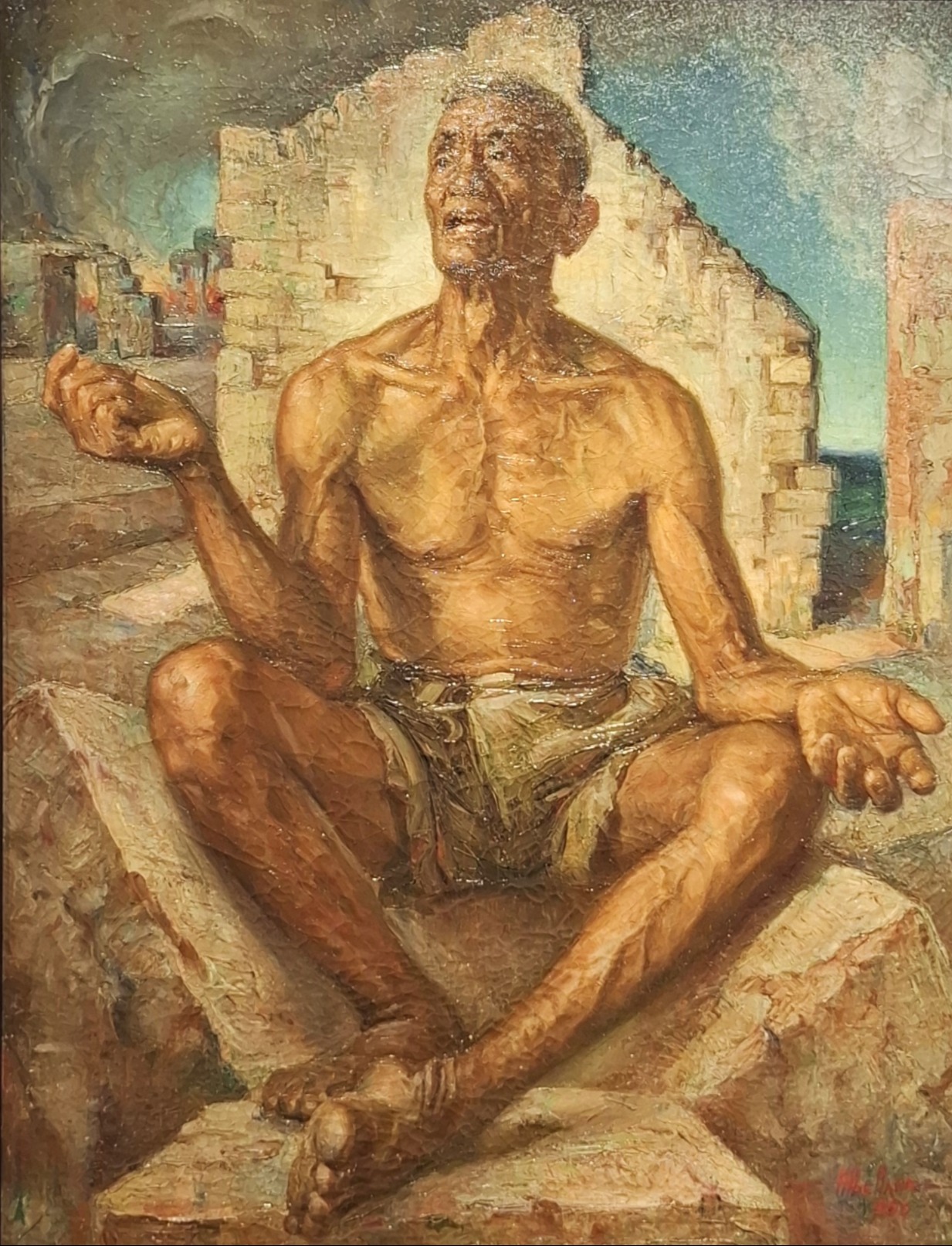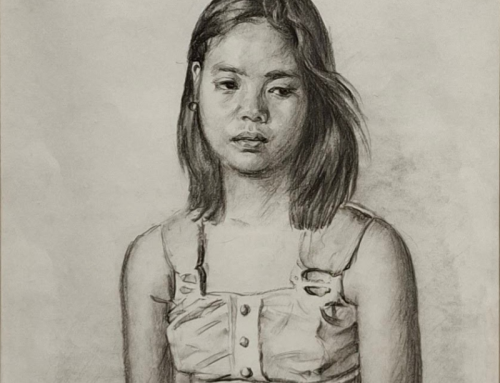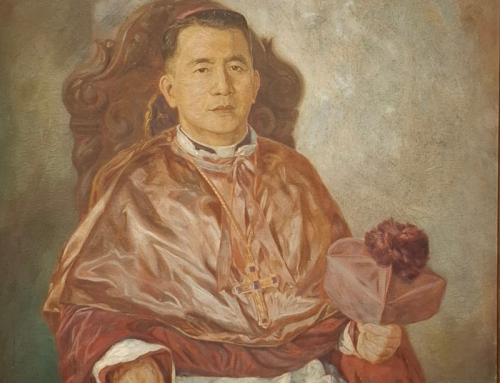
And Job Was Also Man
Medium
Oil on Canvas
Dimensions
80 x 62 cm
Year Completed
1953
Location
Private
Collection Notes
National Museum of the Philippines - Romulo Galicano Collection
And Job Was Also Man is unquestionably Martino Abellana’s magnum opus. Da Vinci had Mona Lisa, Van Gogh had Starry Night, and Abellana had his Job. Yet, his masterpiece is also a stark departure from the impressionistic idyll of his usual repertoire. Completed in 1953 at the tail end of the Korean War, Job reflects the grueling reality and devastating loss of a three-year conflict that penetrated Cebuano soil. In his life, Abellana was never the politico, but where his voice might have faltered, his art brazenly proclaims that, not only was he anti-war, he lived through it himself.
The oil painting is a rendition of the biblical story of Job, a man who is previously heaven-blessed but is beset by overwhelming misfortune from the same God. All the weary Job can do in the midst of his calamity is sit among its ruins, mouth agape, hands outstretched, with a dumbfounded expression. In the distance, there is fire and brimstone, perhaps not too different from the post-war destruction in Cebu. Utter loss is etched on the lines of Job’s face, the emaciation of his bare chest, and the tautness of his elongated limbs.
The viewer cannot help but be drawn to the wretched figure of Job, as Abellana intended. His form fills the canvas, with the shallow space in the background highlighting him as the subject matter. This mindful composition is a testament to Abellana’s technical prowess, wherein he deliberately cuts the line of sight to manipulate focus. He may have been less conscious when illustrating Job with distinctly Filipino features, but all these elements seamlessly come together into a work of art that is profoundly raw and real.
Contemporary critics vindicated the Job’s significance, particularly the prestigious Arts Association of the Philippines. In 1953 alone, Job swept AAP wins for First Prize, Best Figure, and Best Conservative. Its renown also broke Abellana into the international art scene, having been displayed in several exhibitions across Latin America, including the 2nd Spanish Biennale in Havana, Cuba. To the present, And Job Was Also Man continues to be a spectacle of Sugbuanon realism. One publication dubbed Job as a “mastery of the human figure”.
Long after Abellana’s death, the Job is in the collection of artist Romulo Galicano, one of his most notable proteges. It is currently on loan to the National Museum of the Philippines in Cebu. Having overviewed its compelling legacy, it is a surprise to know that the Job was simply the result of Abellana’s intention to “make a good work of art”. It has indeed surpassed that, playing as technical showpiece and political commentary as well. And Job Was Also Man is not Abellana’s magnum opus merely for the awards and accolades it garnered during the artist’s lifetime. It is so because it speaks volumes of the social condition of the Filipino as a people who relentlessly survives catastrophe after catastrophe. Be it his intention or not, the Job as Abellana’s magnum opus indisputably elevated him from artist to Maestro.



